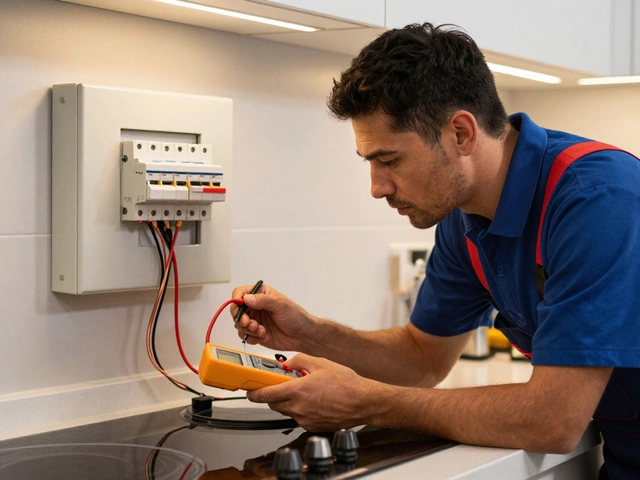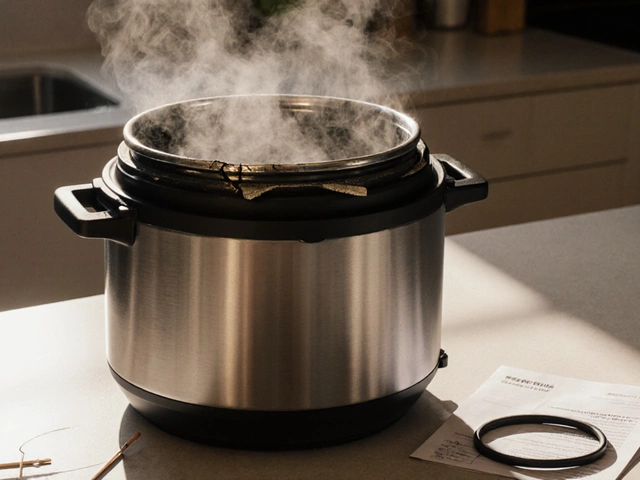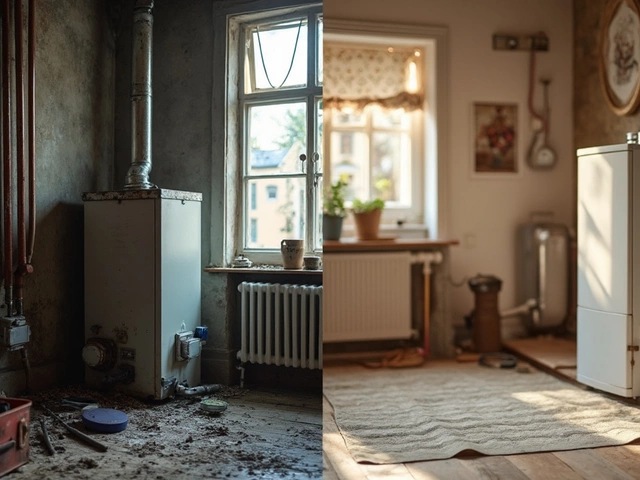Bad Hot Water Heater Element: How to Spot It Fast
May 17 2025Signs Your Water Heater Is Bad – Know the Warning Signs
If you’re wondering why your shower feels more like a drizzle than a blast of hot water, the answer could be right under your sink. A water heater that’s on its way out won’t always give a dramatic heads‑up, but a handful of clues tell the story. Spotting them early can save you from a cold surprise and a costly repair bill.
Common Warning Signs
No hot water or tepid water. When you turn the tap and only get warm, it’s a classic sign something’s wrong. It could be a failing heating element, a broken thermostat, or sediment that’s blocking the heat exchange.
Strange noises. Hear a rumble, popping, or whining? Those sounds usually mean mineral buildup is boiling inside the tank. The more the tank gurgles, the harder it works, and the sooner it can crack.
Leaks. A puddle of water near the heater is a red flag. Even a small drip can become a big flood if the tank rusts through. Check the connections, the pressure relief valve, and the tank bottom itself.
Rusty or discolored water. If the hot water looks brown or orange, the anode rod that protects the tank is corroded. That rust can clog pipes and damage appliances.
Higher energy bills. When the heater has to work harder to reach the set temperature, you’ll see the electricity or gas bill climb. A sudden jump without other changes at home points to the heater.
Inconsistent temperatures. One minute it’s scorching, the next it’s barely warm. This usually means the thermostat or heating element is failing to keep a steady heat.
What to Do Next
First, turn off the power or gas supply and let the unit cool. If you’re comfortable checking the pressure relief valve, give it a quick test – it should release a short burst of steam when you lift the lever. Look for corrosion around the valve; a leaky valve means the tank is under pressure and needs professional attention.
If the issue is a noisy tank, flushing it can clear some sediment. Attach a garden hose to the drain valve, open the valve, and let the water run until it’s clear. This gives you a temporary fix, but if the noise returns, the tank is likely near the end of its life.
When you spot a leak, especially at the bottom of the tank, it’s time to replace. Leaks there mean the tank’s shell has rusted through – a repair isn’t safe or cost‑effective.
For rust‑colored water, replace the anode rod. It’s a simple DIY job if you have basic tools, but if you’re unsure, call a qualified engineer. A fresh anode can extend the tank’s life by years.
If the heater is more than 10‑12 years old, start budgeting for a replacement. Modern units are more efficient, which can lower your bills and give you peace of mind.
Always call a certified gas engineer for gas‑powered heaters. Even a small mistake can be dangerous. A professional will test the gas pressure, check for carbon monoxide leaks, and ensure the new unit meets local safety standards.
Bottom line: when you notice any of these signs, don’t wait until the whole house is cold. A quick inspection, a simple flush, or a call to a trusted engineer can keep your water hot and your home safe.
 27 Jun
27 Jun
How Long Should Your Water Heater Last? Lifespan, Signs, and Replacement Tips
Everything you should know about how long a water heater lasts. Discover practical maintenance tips, warning signs, and real facts to help you plan for a replacement.
Read More...



